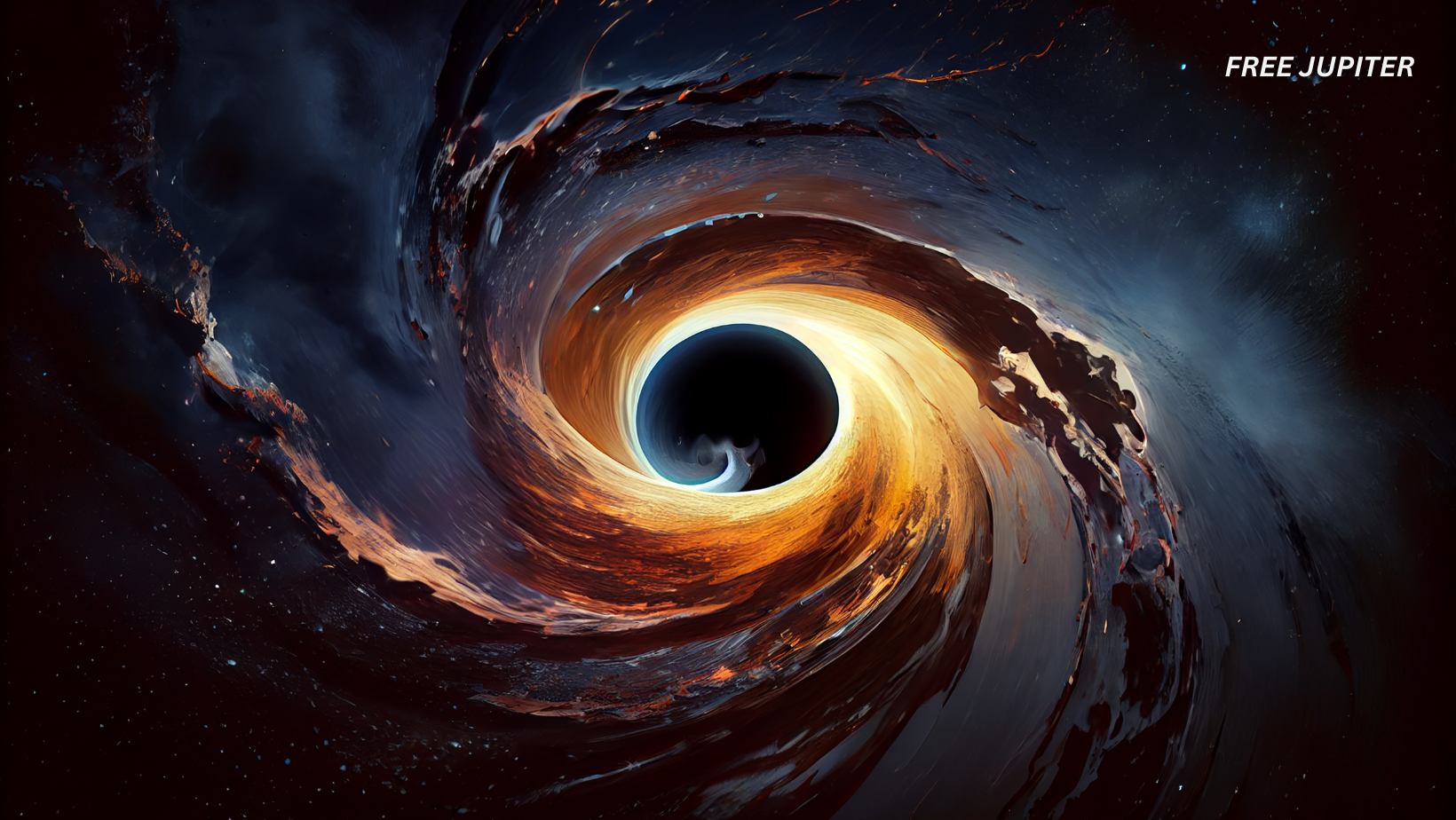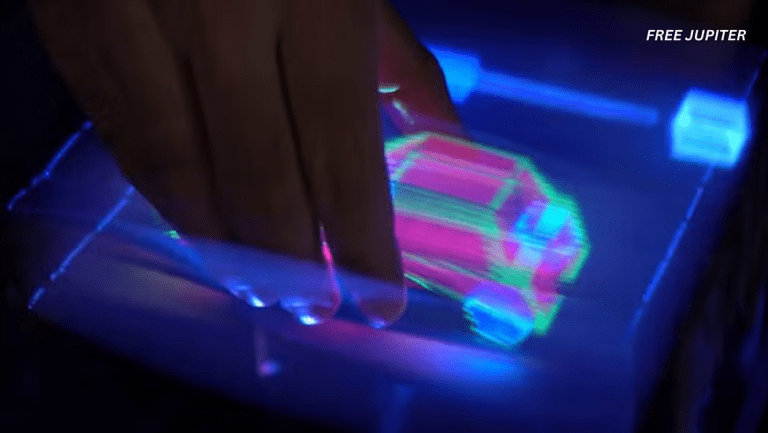The vastness of space continues to unveil mysteries that challenge even the most seasoned scientists. While many view the solar system as a collection of planets orbiting a star within a largely empty void, new research suggests that we may be situated within a more intricate cosmic structure than previously imagined—one that includes a possible interstellar “tunnel” extending far beyond our stellar neighborhood.
Through years of painstaking astronomical observation and analysis, a team of scientists has uncovered compelling evidence that our solar system may lie at the heart of a vast and connected structure of hot, low-density plasma—an interstellar channel that may bridge the Sun with far-off regions of the galaxy. These findings, confirmed through data collected by the eRosita X-ray telescope, suggest that our part of the cosmos is threaded with complex passageways formed by ancient stellar cataclysms.
A Surprising Revelation From the Cosmic Backyard
The Max Planck Institute for Extraterrestrial Physics spearheaded this ambitious study, and their results were recently published in the journal Astronomy & Astrophysics. Leading the effort was Dr. L. L. Sala, who, along with her colleagues, revealed what appears to be a massive, tunnel-like structure composed of hot plasma, faintly glowing in X-rays and linking our solar system to distant stellar regions.
While such a discovery might sound like science fiction, it builds upon decades of theoretical speculation and modern observational data. The tunnel-like formation—a sort of interstellar passageway—emerges from our own celestial region and stretches outwards toward the Centaurus constellation. A similar structure may also reach toward Canis Major, hinting at a much larger, interconnected network of cosmic backroads that has, until now, remained invisible.
Read more: Physicists Think They’ve Finally Seen The Elusive Evidence of String Theory
The Local Hot Bubble: Our Cosmic Habitat
To understand this breakthrough, one must first examine our immediate interstellar environment. Our solar system is not floating in a complete vacuum but is actually situated within an expansive, relatively low-density region known as the Local Hot Bubble (LHB). This bubble, which spans approximately 300 light-years in diameter, was formed millions of years ago by multiple supernova explosions. These violent stellar deaths expelled powerful shockwaves that heated and dispersed the surrounding interstellar gas, carving out a rarefied cavity filled with hot, ionized plasma.
“We find the temperature of the LHB exhibits a north-south dichotomy at high latitudes,” explained Dr. Sala, indicating that the bubble is not uniform but exhibits notable temperature and density variations depending on the direction observed. Such irregularities further support the idea that this region has been shaped by dynamic, energetic processes over vast periods of time.
Mapping the Unseen With X-rays
To peer deeper into this enigmatic environment, astronomers turned to eRosita, a German-built X-ray telescope launched aboard the Russian-German Spectrum-Roentgen-Gamma (SRG) satellite. This sophisticated observatory was designed to scan the entire sky in soft X-rays, detecting emissions from hot gases, remnants of ancient supernovas, and interstellar structures invisible to optical telescopes.
By integrating data from eRosita with archival measurements from an earlier mission called ROSAT (the Roentgen Satellite), the team was able to craft a more refined and detailed map of the LHB and its surrounding environment. The researchers divided the sky into thousands of segments, carefully analyzing faint emissions, subtle shadows, and areas where X-rays appeared to be absorbed or redirected. This method allowed them to distinguish between foreground and background sources and, critically, to isolate the telltale signature of a vast, glowing tunnel of plasma.
Read more: Scientists Have Discovered 128 New Moons Orbiting Saturn
The Cosmic Tunnel: An Unexpected Find
Amid their analysis, one feature stood out: an elongated channel seemingly punching through the hot plasma of the Local Hot Bubble, extending toward the Centaurus constellation. This “tunnel” appears to be composed of the same hot, low-density plasma that characterizes the bubble but arranged in a more linear, structured formation. Another possible channel seems to branch off toward Canis Major, suggesting that these are not isolated features but components of a larger, interconnected network.
These formations may serve as conduits for energy, particles, or even cosmic rays, potentially influencing how material and radiation travel through the interstellar medium. The researchers speculate that these structures were likely carved out by ancient supernovas whose explosive force not only formed the bubble itself but also forged narrow pathways where the surrounding gas was evacuated or rearranged.
Revisiting Old Theories With New Eyes
Interestingly, the idea that our local region might be riddled with such tunnels is not entirely new. Decades ago, astronomers theorized the existence of interstellar “chimneys” or cavities connecting different parts of the galactic medium. These speculative models described a sort of cosmic Swiss cheese, in which hot, low-density bubbles created by stellar explosions occasionally linked up to form corridors through the denser interstellar medium.
However, until now, there has never been sufficient observational evidence to confirm such theories. With the advent of eRosita and its all-sky survey capabilities, this long-standing hypothesis finally finds support. The new findings reveal that the structure of the interstellar medium is not just a chaotic jumble but may include coherent, directional components—reminiscent of roads or tunnels stretching across the stars.
More Than Just Empty Space
One of the most enduring misconceptions about space is that it is empty. In truth, the cosmos is teeming with particles, fields, and dynamic interactions—even in the vast expanses between stars. The Local Hot Bubble itself is a vivid reminder of this, serving as a testament to the immense forces that shape galactic evolution.
Supernova, in particular, are major agents of change. When a massive star explodes, it unleashes titanic energies that heat, compress, and rearrange the interstellar medium. Over time, repeated blasts can create cavities, push dust and gas into filaments, and form hot zones like the LHB. The recent study suggests that these supernova-driven processes may also have opened channels through which energy and matter continue to flow.
The Max Planck Institute’s findings indicate that the thermal pressure within the LHB is lower than previously thought. This implies that the bubble might be “open” in some directions, with hot gas bleeding out into adjacent regions—perhaps through the very tunnels now being observed.
Read more: Several Planets Were Just Found Orbiting Star Less Than 6 Light-Years Away From Us
Tracing the Web of Cosmic Passageways
While these discoveries are exciting, they raise as many questions as they answer. Not all regions of the bubble are equally connected. In some directions, astronomers see clear passageways supported by interlinked cavities, while in others, the paths appear obstructed or diffuse. This patchwork nature underscores the complexity of the interstellar medium and the necessity for further study.
Future X-ray observatories, improved instruments, and more sensitive detectors will be crucial in refining our maps of these elusive structures. By understanding how these tunnels formed, how they evolved, and what they carry, astronomers can gain deeper insights into the life cycle of stars, the behavior of cosmic radiation, and the nature of space itself.
A Glimpse Into a Hidden Past
The idea that our solar system is merely passing through the remnants of long-forgotten stellar explosions is both humbling and awe-inspiring. As our Sun now rests near the center of the Local Hot Bubble, we find ourselves in the quiet aftershock of events that unfolded millions of years ago—long before Earth was capable of supporting intelligent life.
It’s as if we’ve stumbled into the final act of a cosmic drama, unaware of the full script but surrounded by the lingering echoes of what transpired. These newly revealed channels are not just physical features—they are historical artifacts, shaped by stellar forces that continue to influence our environment today.
Toward a Deeper Understanding of the Cosmos
Exploring these interstellar passageways is not just a scientific pursuit; it’s a journey of discovery that reminds us how little we truly know about our surroundings. These findings challenge the simplistic view of space as a static or empty realm. Instead, they paint a picture of a living galaxy—one shaped by fire, force, and flow.
As instruments grow more advanced and our curiosity continues to push boundaries, the maps of the cosmos will become increasingly detailed. Each new discovery, like this one, brings us a step closer to grasping the vast, interconnected web that binds the stars together—and, perhaps, to understanding our own role within that grand design.










